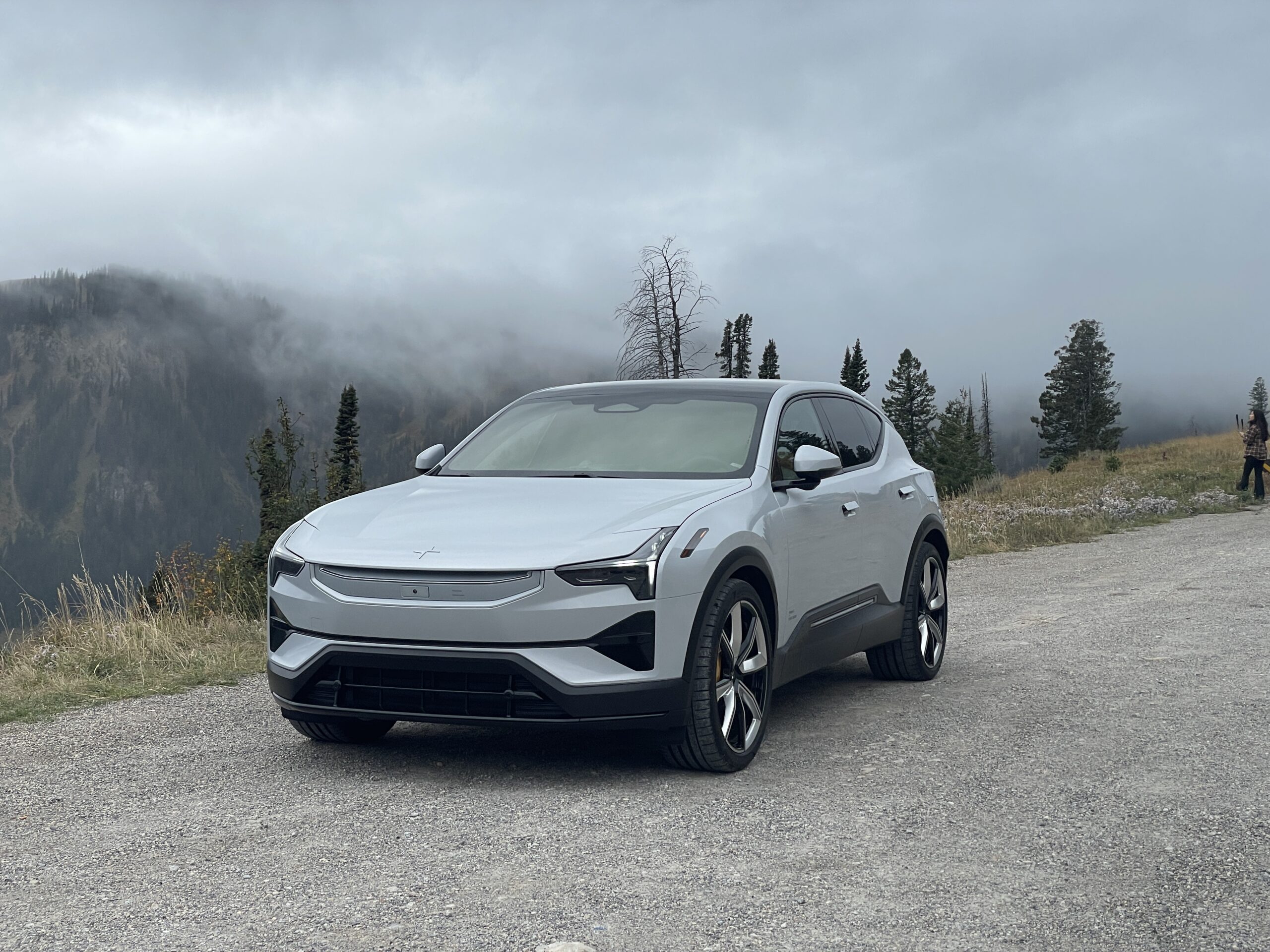Support CleanTechnica’s work through a Substack subscription or on Stripe.
The European Commission’s latest funding decision for alternative fuels infrastructure landed with a strange twist. On paper, the bloc approved support for 38 new hydrogen refueling stations spread across the continent. In practice, almost all of them are going to a single country. Spain secured roughly four out of five stations in this round, which puts it at the center of an infrastructure buildout that is moving in the opposite direction from the rest of Europe. The continent’s hydrogen network is shrinking as stations close and operators walk away, yet Spain is accelerating its commitment as if the market signals do not apply.
The scale of the EU funding approval is substantial, with more than €600 million committed across a wide range of projects that genuinely strengthen Europe’s transport decarbonization efforts. High power charging corridors for trucks, shore power for major ports, airport electrification, and upgrades to freight rail infrastructure all received meaningful support. These projects reflect mature technologies with clear emissions impacts and strong operational value. Within that package sits the allocation for hydrogen refueling stations. A reference-class assessment of recent European heavy duty hydrogen station projects points to an implied investment of roughly €170–190 million for the 38 newly approved sites, with a central estimate near €180 million. The EU might be providing all of that, or only paying for the equipment itself, which would reduce the EU contribution to €115 to €135. That scale of spending on hydrogen mobility stands out inside an otherwise well aligned set of investments.
Across Europe, the hydrogen mobility story has become a case study in retreat. Austria shut down its remaining public stations when OMV exited the segment. Germany has been closing stations at a regular pace after low throughput made the network impossible to sustain. Denmark and Norway lost stations as well. In the United Kingdom, the small network that once promised rapid growth largely collapsed. Even in France, where a few cities experimented with early deployments, only a limited number of stations remain operational and most are dependent on direct municipal support. The continent as a whole peaked at around 179 public stations and has been declining since. Many that remain listed are offline for long stretches or operate at very low throughput.
These closures are not about temporary setbacks. They reveal structural problems that operators have been unable to solve. Stations serving a handful of vehicles cannot cover maintenance, electricity, staff, parts and hydrogen supply costs. The economics depend on high throughput, yet the vehicles never arrived in numbers. This pattern repeats across national contexts, which indicates that the issue is not about regulatory conditions or local business culture. Hydrogen for road mobility has not found a viable economic model at a large scale. If the goal is fuel supply that is cost competitive and dependable, Europe’s network has shown that hydrogen stations struggle to meet either requirement.
The global picture reinforces this direction. China, which once appeared to be a bellwether for hydrogen trucks and buses, saw hydrogen heavy duty vehicle sales drop by roughly 45% in the first nine months of the year. In the same period, battery-electric trucks surged. Europe’s own bus procurement trends point in the same direction. 97% of low emission buses delivered in 2024 were battery electric. North America delivers similar results. California’s network of hydrogen stations for light duty vehicles is shrinking as well. Even in Japan, a country with long term support for hydrogen mobility, deployment remains low and station utilisation has been disappointing. The only country still pursuing large scale hydrogen mobility deployment is South Korea. Even there, the economics are challenging and sustained only by heavy industrial policy.
The story on Europe’s buses is telling. Only three European countries purchased any hydrogen fuel cell buses in 2024: Germany, Poland, and Spain. Germany’s gruppendenken on the subject of hydrogen is well documented, and explains their continued wasting of taxpayer money on hydrogen mobility. Poland’s misplaced enthusiasm can be explained by bus manufacturer Solaris, which is so devoted to the dead end of hydrogen that it represented about a 20% of the 1,500 buses of various types it shipped in 2024. It’s not leading on battery-electric buses, shipping only 460 of the 7,779 registered in 2024, fourth in line, or buses in general with only 4.3% market share. But it’s a big deal in Poland, so Polish cities lined up to buy its products. And then 22 of Poland’s cities, after committing to hydrogen buses, found that hydrogen was far more expensive than they’d been led to believe, so jointly wrote a letter to the national government begging for fuel subsidies.
Recent assessments from both auditors and economists point in the same direction about hydrogen mobility. The French Court of Auditors found that using electrolytic hydrogen for transport avoids CO2 at a cost of roughly €520 per ton, falling only to about €400 per ton even after counting indirect subsidies, which makes it one of the most expensive decarbonisation pathways available. At the same time, joint French-German economic advisory bodies concluded that battery electric freight trucks are the most mature and energy-efficient option for road transport, while hydrogen trucks consume far more primary energy and remain commercially marginal. Their recommendation is to prioritize public investment in high-power charging networks for electric trucks and to avoid generalized subsidies for hydrogen in freight. Together these findings underline that hydrogen mobility in Europe is a high-cost, low-impact strategy placed against an electric alternative that is already scaling.
Against this backdrop, Spain’s rapid expansion of hydrogen infrastructure stands out. The ACTIVA II program alone accounts for 30 of the new stations funded in this round. Additional projects in Valencia and along specific corridors add more. Spain has ordered hydrogen buses, funded pilot routes and commissioned small truck demonstrations. The country’s hydrogen roadmap includes ambitious electrolyser targets. National energy planners and regional governments share a narrative that positions Spain as a future hydrogen powerhouse, anchored by abundant solar and wind resources and supported by emerging pipeline plans with France and Portugal. The H2Med corridor proposal is part of this story.
Spain’s argument is that hydrogen mobility helps anchor a broader hydrogen industry. Buses and trucks create local demand, which helps electrolyser developers secure offtake. Infrastructure corridors link production with consumption. Export ambitions support domestic manufacturing and attract investment into supply chain firms. The problem is that this story was crafted several years ago, when overly enthusiastic analysts expected hydrogen to play a large role in mobility, heating, and electricity storage. Since then, battery-electric technologies have advanced faster than stakeholders expected and heat pumps have destroyed any heating market potential. Grid storage isn’t being done with hydrogen. Heavy duty battery trucks now exceed 500 km ranges and megawatt charging systems are being deployed. Battery-electric buses dominate the market. Manufacturers have shifted their engineering and commercial attention accordingly.
Spain’s strategy continues as if those developments did not occur. The country is building dozens of stations designed to fuel vehicles that the market has already moved away from. There is no growing pan-European hydrogen freight corridor that would drive large scale hydrogen truck adoption. There is no rapid expansion of hydrogen vehicle manufacturing in Europe. Spain is building demand side infrastructure in the absence of demand side momentum. This is where the strategic misalignment becomes clear. The rest of Europe is pulling back from hydrogen mobility because the data supports that decision. Spain is accelerating because of institutional commitments formed during an earlier period.
This creates several risks. The first is stranded infrastructure. Hydrogen stations are expensive to build and operate. If throughput remains low, they burden regional budgets and state supported firms. The second is misallocated subsidies. Funds directed to hydrogen stations for buses and trucks are not available for charging networks that support the technologies the market has selected. The third is export corridor fragility. Pipelines and shipping routes make economic sense when volumes are predictable. Without strong hydrogen demand in northern Europe, large scale export infrastructure risks underutilisation.
There is also a risk that Spanish firms orient themselves around the wrong segment of the hydrogen value chain. Mobility applications are the smallest and most fragile part of the emerging hydrogen system. The stronger segments involve industrial feedstocks made from hydrogen. Ammonia and methanol are the leading examples. They are easier to move and store than gaseous hydrogen. They serve global markets that already exist and have predictable demand. Ammonia especially doesn’t have clear biomass pathways for its manufacturing. Synthesized methanol is at risk from biomethanol, but it’s possible that Spains economics could make it competitive. The commodities’ handling costs are lower and their supply chains are mature. Spain can produce hydrogen to make these intermediate products domestically and ship them through existing port and trucking infrastructure. That is a more durable industrial strategy than trying to anchor the hydrogen sector with buses and trucks.
A more coherent approach would shift hydrogen away from mobility and toward these industrial precursor products. Spain can still pursue long term hydrogen ambitions without trying to force hydrogen into transport segments that no longer support the economics. Battery-electric trucks and buses will form the backbone of European fleets. Spain gains nothing by resisting this trend. It gains more by aligning with it. Hydrogen infrastructure that has already been funded can be repurposed to support material handling fleets, research pilots or small industrial offtake. The next tranche of investment should pivot toward ammonia and methanol production, where the physics and economics are stronger.
Spain has the ingredients for a strong hydrogen sector. It has renewable energy resources, transmission capacity, engineering talent, and port infrastructure. It does not need hydrogen mobility to make the rest of that system viable. The country stands at a point where course correction is possible. Doing so means accepting that hydrogen mobility has not succeeded in Europe and updating strategy to match the realities of market adoption and technological progress.
Sign up for CleanTechnica’s Weekly Substack for Zach and Scott’s in-depth analyses and high level summaries, sign up for our daily newsletter, and follow us on Google News!
Have a tip for CleanTechnica? Want to advertise? Want to suggest a guest for our CleanTech Talk podcast? Contact us here.
Sign up for our daily newsletter for 15 new cleantech stories a day. Or sign up for our weekly one on top stories of the week if daily is too frequent.
CleanTechnica uses affiliate links. See our policy here.
CleanTechnica’s Comment Policy




